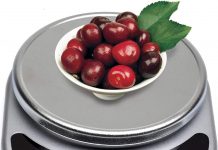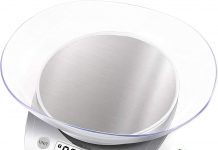HowGears – There are plenty of advantages to using a wood stove as your heat source. Most models have a high-efficiency rating, and are typically more cost-effective than oil, natural gas, or electricity. And, a wood-burning stove provides an effective heat source for a home, cabin, or even a tent. It also creates a rustic feel and a warm, cozy ambience. Perhaps the biggest advantage is that, you can heat your home for free!
Wood burning stoves are made from steel, cast iron, or soapstone and consist of a firebox with a chimney. They can produce up to 70,000 BTUs, or more of heat, enough to warm a small home. Some are also designed to double as actual stoves for cooking. Wood-burning stoves come in a variety of shapes, and sizes, including stand-alone models, wall or hearth inserts, and portable stoves. So in this article, we will pick and reviews the best wood stoves available online, and evaluated them based on their burn rate, user friendly features, coverage area, and design.
Our Top 5 Best Portable Wood Stoves Pick:
StarBlue Circular Camping Rocket Stove
WINNERWELL Nomad View Large Tent Stove
Guide Gear Outdoor
US Stove 900 Square Foot Wood Stove
Ashley 1,200-Square-Foot Wood Stove
Watch Video Reviews
Best Budget – StarBlue Circular Camping Rocket Stove
This circular, freestanding wood stove from StarBlue, is a great option for those on a budget looking to provide wood-burning heat. Made of stainless steel ,and weighing in at just 13.8 pounds, it is significantly lighter than cast-iron alternatives, allowing users to tote it around easily on a camping trip.
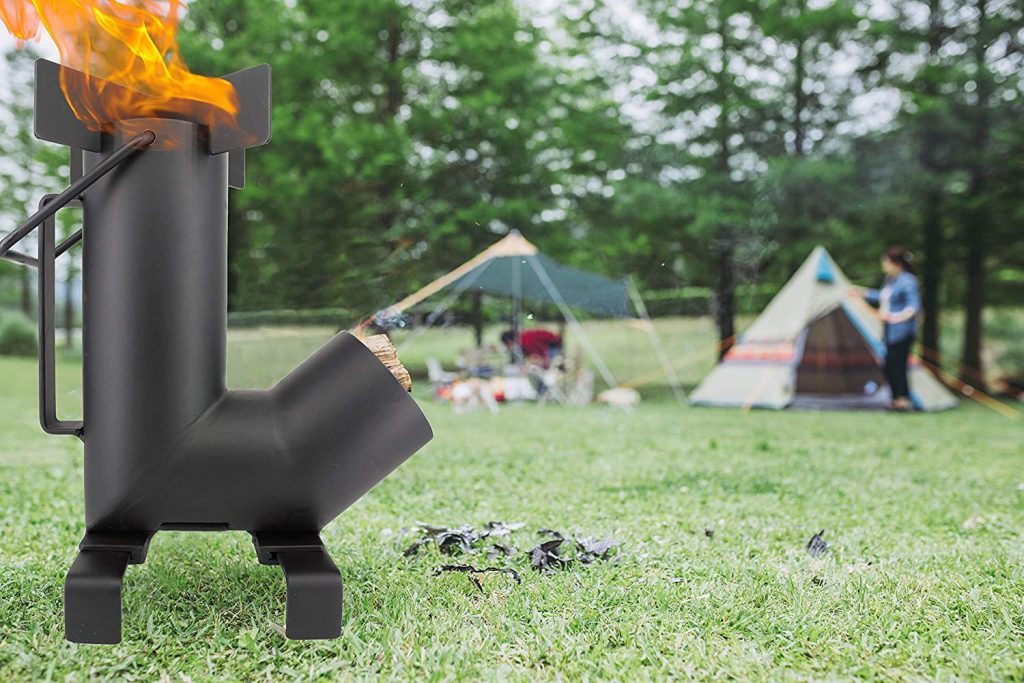
Rocket Stove is designed to be assembled very quickly without tools, providing quick access to heat when needed. It also comes with a carrying case, and packs away flat, which is a great storage space saver. While not intended to be used as a space heater, this is certainly a budget-friendly option, for camping enthusiasts looking for a simple cooking tool that uses natural fuel.
Well Designed – WINNERWELL Nomad View Large Tent Stove
This large, well-designed wood stove from Winnerwell is ideal for cooking with wood while camping. At 108 inches long by 25 inches wide by 20 inches deep, and weighing 34 pounds, this stainless steel stove is compact enough for taking, to the campground to heat a tent, yurt, or tepee. It’s made from stainless steel to resist rust ,and corrosion from rain. It includes five sections of 3.5-inch-diameter chimney pipe, that attach to the exhaust pipe at the top of the stove, for venting smoke to the exterior of the tent or structure.
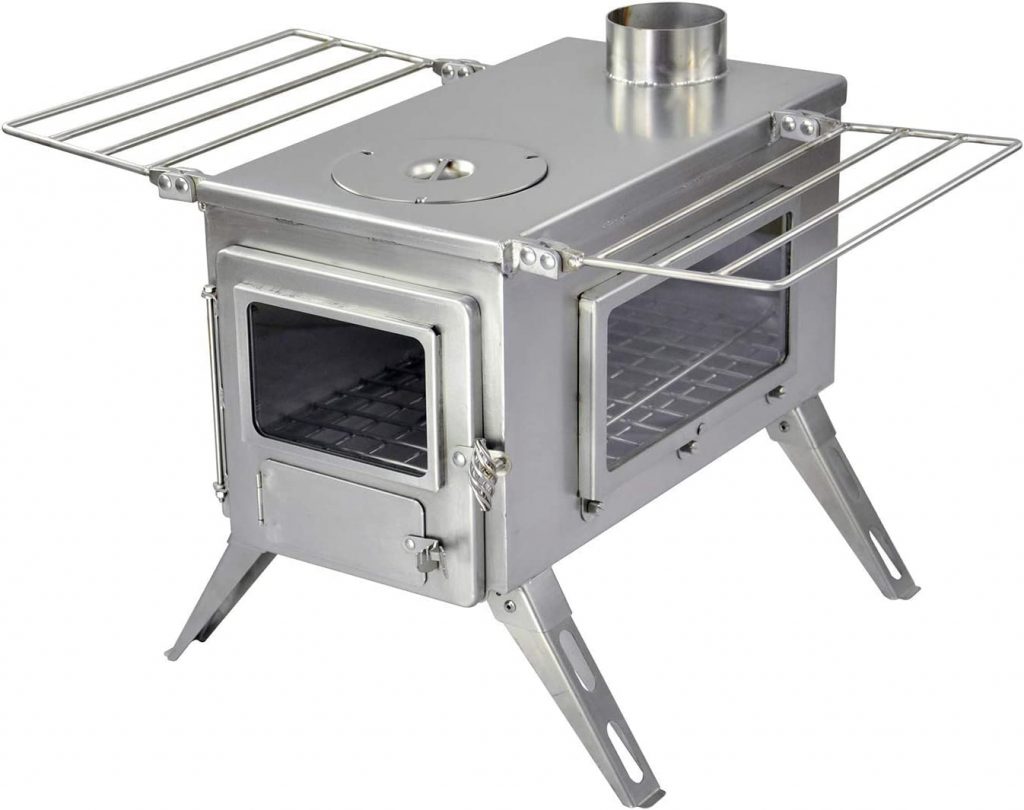
The flat top is large enough to support a pot for boiling water, or a pan for frying up eggs. Two grates fold out and serve as side racks for cooking. The firebox is accessible via windowed doors on the front, and side of the stove.
Guide Gear Outdoor Wood Stove
With its durable galvanized construction, this wood stove from Guide Gear is a great backyard option for providing a cozy hearth to gather around on a chilly day. It consists of galvanized steel with a high-temperature finish. A cast-iron hinged door opens to the firebox, which features vent holes on the front to control temperature.
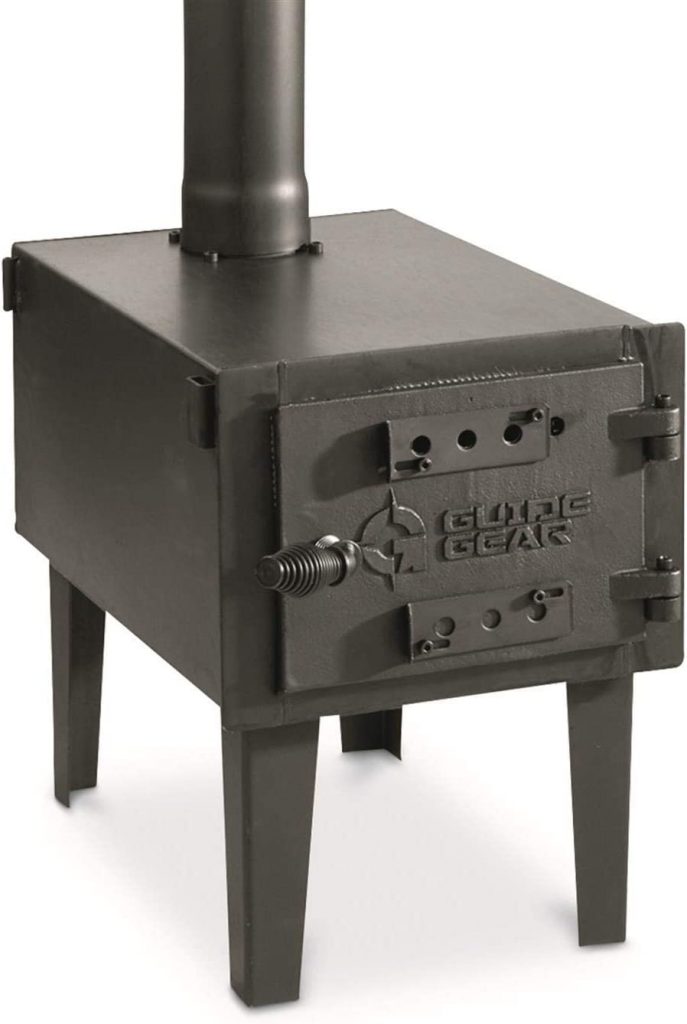
Its box design with a large flat top allows it to function as an actual stove that’s capable of bringing water to a boil or cooking bacon and eggs. The tall smokestack on the back directs smoke away from the stove. It can also go on the road, thanks to its detachable legs and compact size—just 19 inches long by 12.5 inches wide by 7.75 inches high. It weighs a manageable 43 pounds.
US Stove 900-Square-Foot Cast-Iron Log Wood Stove
With its classic appearance, and high heat output, this wood-burning stove from US Stove is a worthy choice for warming the home. It consists of a cast-iron body with a modern EPA-certified interior suitable for clean burning. The slim design can fit snugly in most homes taking minimal space, while effectively heating areas of up to 900 square feet, with its 54,000 BTUs.
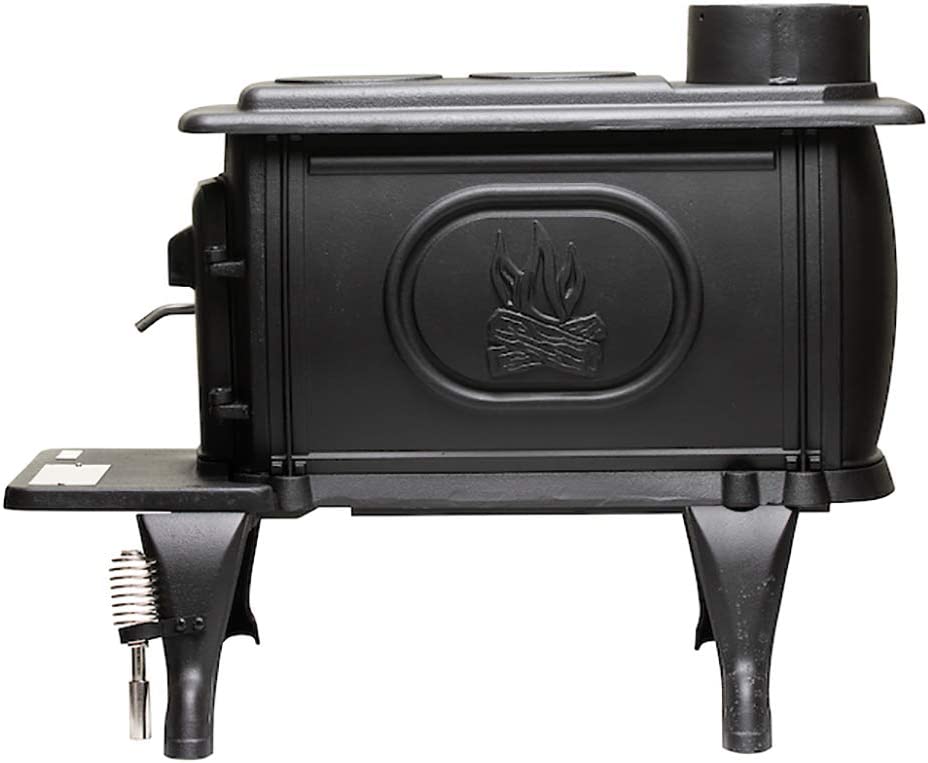
This cast-iron wood stove also includes an integrated cooking surface on the top of the unit, ideal for preparing small meals. The deceptively small interior can accept wood of up to 19 inches in length.
Ashley Hearth 1,200-Square-Foot Wood Stove Insert
A compact size and high BTU output, make this Ashley Hearth model from US Stove one of the best wood stove inserts on the market. With its 69,000-BTU output, it’s capable of heating up to 1,200 square feet. It’s made from 4.76-millimeter-thick plate steel with firebrick lining on the interior. The 16.5-inch by 9-inch door is made from cast iron, and comes with a ceramic glass window, which provides a wide view of the flames.
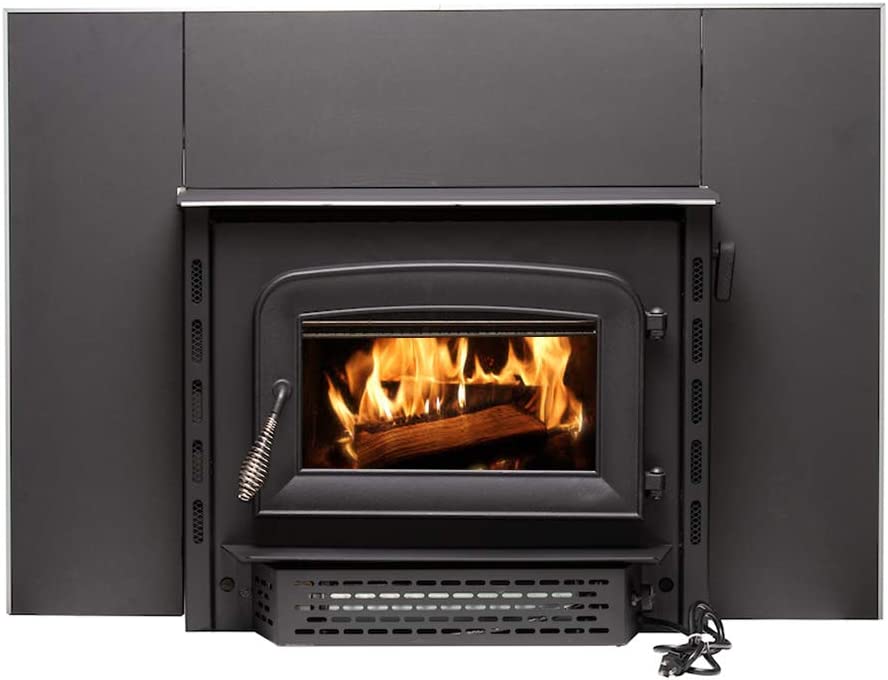
The stove is large enough to burn logs up to 18 inches long, and has a 65.5 percent efficiency rating. A blower on the bottom of the insert helps circulate warm air through the room. The entire heater measures 20.1875 inches long by 26.5 inches wide by 22.375 inches high, and has a spring-loaded automatic adjuster, that makes it easier to install into a wall.
Top 5 Best Wood Stoves – Wood Stove For Homes
How to choose the Best Wood Stove?
Understanding the two types of wood stoves, the materials used to make them, and their heating capacity are all vital when shopping for one of these appliances. Ahead, learn more about these and other important attributes of the best wood stoves.
Types of Wood Stoves
Wood stoves are available in two types: catalytic and noncatalytic. Catalytic wood stoves differ from noncatalytic in that they produce fewer exhaust fumes and burn more efficiently. In addition to burning wood, catalytic wood stoves also have a combustor that burns smoke and byproducts. This design allows the stove to burn cleaner with a slower burn rate, conserving fuel. Efficiency ratings for a catalytic wood stove range between 63 and 84 percent, making them ideal options for use as a primary source of heat.
Noncatalytic stoves are cheaper but not as efficient. They are better suited for use as a supplemental heater.
Material of Wood Stoves
Most wood stoves are made from one of three materials: cast iron, plate steel, or soapstone. Cast iron, the most commonly used material, heats up quickly and retains warmth longer than other materials. However, it does crack more easily and is more expensive than other materials.
Plate steel, also a common material used in wood stoves, is durable and retains heat well, though not as well as cast iron. Soapstone is the high-end material for wood stoves. It retains heat better than cast iron, burns cleaner than other materials, and can burn for 24 hours or longer on a single load. Most wood stoves consist of either soapstone or plate steel with a cast- iron door.
Heating Capacity of Wood Stoves
A wood stove’s heating capacity determines how large of a space the wood stove can keep warm when it’s running with a full load of wood. The heating area for most stoves ranges from around 1,200 square feet for a small stove to as much as 2,200 square feet (or more) for a large model.
Keep in mind that, unlike a home’s central heating, which distributes heat through ductwork, a wood stove emanates heat from the fire, so the heat isn’t evenly distributed. The farther someone is from the wood stove, the cooler the temperature will be.
Safety of Wood Stoves
Wood-burning stoves produce toxic emissions; they create carbon monoxide, which can be deadly if not properly vented outside. Wood stoves are regulated by the Environmental Protection Agency, which performs safety tests on wood stoves to make sure they’re safe for consumer use. The emission limit for wood stoves is 2 grams to 2.5 grams per hour, depending on the type of wood. Catalytic stoves produce well under the EPA’s maximum, with emissions of around 0.5 gram per hour. Never buy a wood stove that is not certified by the EPA.
Weight and Size of Wood Stoves
Perhaps the most important thing to consider when shopping for a wood stove is where it will go in the living space. Most freestanding wood stoves take up a significant chunk of real estate since they measure about 3 feet wide and 2 feet deep and require a buffer around them for safety. Portable models are much smaller—about 20 inches high and 10 inches deep and less than 40 pounds—allowing them to fit in the trunk of a car for a camping trip.
Keep in mind that the size of the stove also affects the size of wood they can burn. A standard freestanding or insert wood stove can hold logs up to 18 inches long, whereas portable models can typically handle logs that measure about 8 inches long.
And Finally BTUs of Wood Stoves
The heat output of a wood stove is measured in BTUs (British thermal units). Wood stoves range in BTU output from around 50,000 to 80,000 BTUs. The more BTUs, the greater the size of the space the wood stove can heat. A large 70,000-BTU wood stove can warm up to 2,200 square feet. While BTU level is a great indication of how powerful the stove is, not all manufacturers provide BTU information for their stoves.








